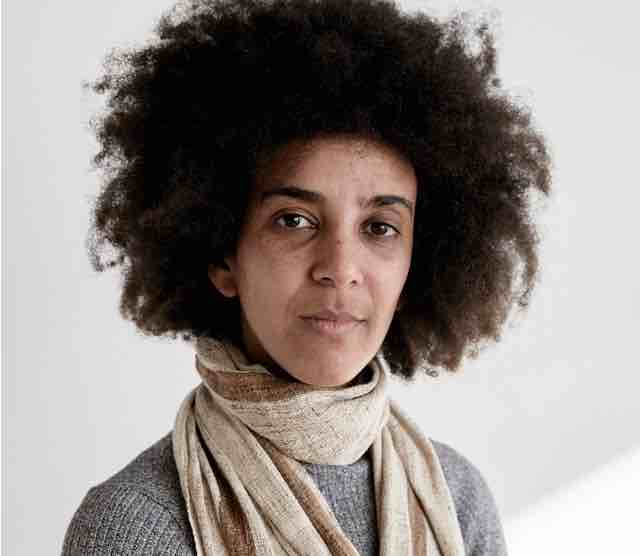Hundreds of people gathered for the first lecture at what had become the world’s most important conference on artificial intelligence — row after row of faces. Some were East Asian, a few were Indian, and a few were women. But the vast majority were white men. More than 5,500 people attended the meeting, five years ago in Barcelona, Spain.
Timnit Gebru, then a graduate student at Stanford University, remembers counting only six Black people other than herself, all of whom she knew, all of whom were men.
The homogeneous crowd crystallized for her a glaring issue. The big thinkers of tech say A.I. is the future. It will underpin everything from search engines and email to the software that drives our cars, directs the policing of our streets and helps create our vaccines.
But it is being built in a way that replicates the biases of the almost entirely male, predominantly white work force making it.
In the nearly 10 years I’ve written about artificial intelligence, two things have remained a constant: The technology relentlessly improves in fits and sudden, great leaps forward. And bias is a thread that subtly weaves through that work in a way that tech companies are reluctant to acknowledge.




